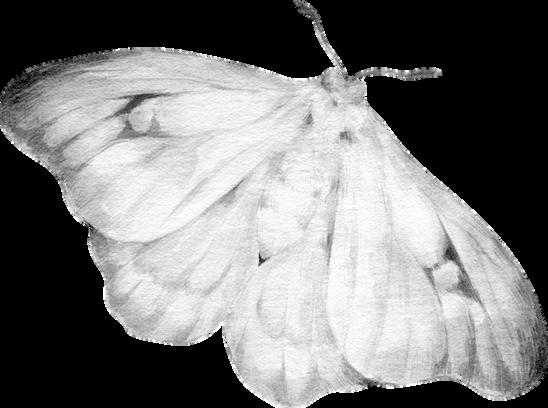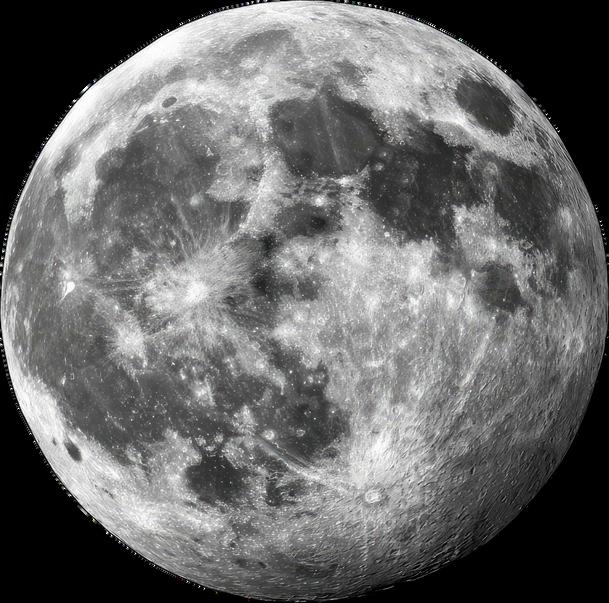I feelit in my bones .
In retrospect, it’s kind of obvious.
But that’s with years of memories, multiple diagnoses, experimenting with different (prescribed) medications, and a lot of doctor’s appointments.
At the beginning the pain built up slowly, and I got used to it. Plus, everyone always talks about their bodies falling apart in their 30s, so at first I just thought it was a surprisingly accurate joke.
I didn’t think anything of it until I remarked to someone “well, my legs are aching, so it’s time for me to go to bed” and they gave me an odd look. Even then, I barely stopped to think about the pain I was already regarding as normal. At the time I worked a job that involved standing for several hours a day, so I put it down to wear and tear, a simple effect from an obvious cause.
But then I got a different job that let me sit down when I wanted or needed to. And the pain didn’t go away when the hours of standing did. It actually seemed to get... worse?

I started thinking that maybe this wasn’t so normal and obvious. Maybe something was wrong. I poked around in databases, asked trusted family members, and got up the nerve to ask for an appointment with a specialist.
I lucked out and got an awesome rheumatologist on my first try. And even in the first couple of conversations, filling out paperwork and describing the details of what hurt and when and maybe why, what made it feel better or worse, it was amazing to realize I was right. Something was wrong. And my doctor believed me! Even as the cause didn’t show on x-rays, and my bloodwork didn’t reveal an obvious culprit. This shouldn’t be so strange and unusual, but it is.
The more we worked together, the more we slowly but surely learned. It was immensely frustrating, because even as we slowly chipped away at what on earth was happening to me, there wasn’t always a reason or pattern – I wanted things to hurry up and make sense, but it took a lot of time and tests and ongoing aches and pains.
Even when my rheumatologist was reasonably sure that I had polyarthritis –the “poly“ part meaning that while most folks have a particular set of joints that give them grief, I was an unintentional overachiever with a lot of achey bones –they couldn’t call it psoriatic arthritis until I had also gotten a dermatologist to weigh in and confirm that my various skin weirdnesses were officially psoriasis.
I didn’t have a documented family history of psoriasis – most of my recent ancestors were not the type of people to share personal details like “my skin and nails do this, is that normal or weird?” And my particular case is comparably subtle to someone not living in my skin. So that confirmation took over a year and appointments with two different dermatologists. That’s not counting my somewhat-regular appointments with dermatologists since my teen years, who all agreed something was going on but weren’t quite sure what that was. “My skin has been an enigma for decades” is a strange yet true statement. I kept being reminded of Gail Carson Levine’s take on The Princess and the Pea, a short story called “The Princess Test.” It made me bitterly regret any

and all childhood wishes to be a princess that I might have made.
Rationally, I knew that enjoying a pretty dress and coveting the library from Disney’s “Beauty and the Beast” as a small child had nothing to do with my newly-discovered sensitivity to nightshades (like eggplants and tomatoes) and the autoimmune disorder taking over my life in my 30s. But it felt like the time I got a planner with the phrase “A lot can happen in a year” on the cover and then it turned out to be 2020, a year that decided to prove the cover phrase true with way too much enthusiasm.
Really, feeling like a knockoff version of a fairytale adaptation was a small bruise compared to the rest of what I was processing. I went from a reasonably healthy person who liked being lowmaintenance when possible because then I could focus my time and energy on whatever I wanted to research, explore, or make,
to someone who had to think really hard on how to get the simplest things done. I used to always take the stairs, even when I didn’t have to; now I ended up asking my rheumatologist to write a doctor’s note saying I really needed a ground floor apartment (my landlord had insisted when I asked about relocating to a different unit). I developed deep, passionate opinions about how chairs were made and other things that used to be trivial but now determined how the rest of my day and possibly my week would feel. Going to sleep became a one-person theatrical production each night involving propping up various joints with the exact height and firmness of particular pillows. And I could always feel more worn-out, bone-deep tired. I also had to sit with the knowledge that even when we eventually confirmed my diagnosis, this isn’t something that can be cured. There’s no “getting better” for me.
It’s just something that can be “managed,” made somewhat liveable, slowed down a bit.
An autoimmune disorder means that the same system of your body that usually helps you stay healthy by dealing with invading germs and whatnot has gone off the rails and started attacking part(s) of you instead.
Depending on what particular condition we’re talking about, an autoimmune disorder can begin in any stage of life and affect almost any portion of the body. At this point in time, there is no magical reset button to remind your immune system what’s friend or foe. Most treatments I know of either work to make your symptoms not quite as bad, and/or weaken your immune system so it can’t bully the rest of you as much.
(I’m simplifying, but hopefully this makes enough sense to communicate the basics.)
Right now, I can live independently. I can dress myself. While my knees make their opinions known whenever I walk up or down stairs, I can usually walk around a while without needing any help. I have had to adjust many habits, and tend to lean a lot because standing somehow wears me out, but I still generally look healthy enough that I’ve gotten glared at when I prop my legs up. This won’t always be true. My current medication has made a tremendous difference in so many ways –when I sleep, I feel like I have rested; I can move more easily; I don’t shuffle as much; I end up texting my parents updates like “my skin feels different!!!” It’s also technically chemotherapy, which was scary. I take a daily supplement so my hair doesn’t fall out, and I can’t get vaccinations or have biological kids while taking the medicine that helps me feel less like a living corpse. It’s a weekly dose, and I definitely feel that.
Only
Not half as poetical,


I wax and wane like the moon
By the week not the month,


And when I’m at my brightest is when I am most full of the poisonous medicine



which brings me relief.



That last page isn’t even the most strange or macabre way I expressed myself as I processed the shift in status from “healthy” to “wait, am I disabled?”
During the first few months in the process of recognizing something was wrong and working on figuring out what that was, I started a playlist full of songs about the annoyances of having a body, feeling somewhere between being dead and alive, and generally working through the various emotions that came along with adjusting to my new reality by way of the metaphor of haunting my own living self. It is currently on Spotify, but I am going to remedy that when I can.
If anything from this reminds you of your own circumstances, know that you’re not alone.
If you need a moral for this story: when in doubt, ask your doctor(s) and advocate for yourself!
Oh, and remember some disabilities are not obvious.
Be kinder to others and to yourself.

pain, medical talk of disorders and doctor visits, discussion of autoimmune disorders, acknowledgement of medical gaslighting, details of disability and processing big hard heavy emotions related to same.
